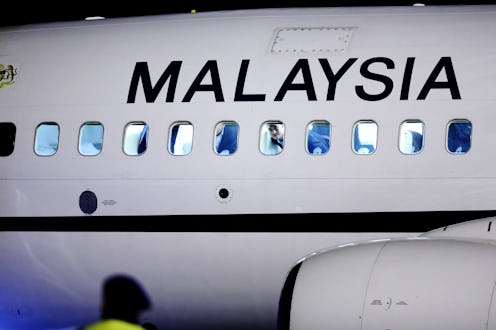News
Finally, Some Answers About Flight 370
The Malaysian government publicly released raw satellite data from Malaysia Airlines Flight 370 Tuesday, providing evidence that will help narrow the two-month long search for the missing plane that disappeared with little trace in March. According to the 47-page report released by the government and British satellite company Inmarsat, Flight 370 continued flying south for six hours after it left Kuala Lumpur until it ran out of fuel, crashing in the Southern Indian Ocean. The new report confirms the theory announced by Malaysian government officials in late March.
“This is consistent with satellite communication equipment on the aircraft powering up following a power interruption,” the Australian Transport Safety Bureau said in a statement. “The interruption in electrical supply may have been caused by fuel exhaustion.”
According to the 47-page report, there were hundreds of communication lines between Flight 370 and Inmarsat satellites after it vanished from the radar the morning of March 8 en route to Beijing. The plane shared eight automated radio pings, or electronic "handshakes," with the satellite until it crashed.
Malaysian officials emphasized that the final detected request doesn't represent the site of the crash. Although the final location has yet to be located, authorities believe the plane went down around 25 nautical miles from the last electronic handshake.
The disclosure of the satellite data comes just a week after the Malaysia government and British satellite company Inmarsat announced they were working together to go public with the information following weeks of pressure from the families of the passengers. However, some families are still not convinced by the new data.
“This kind of data is too technical for family members, we cannot understand it, and we also don’t know whether it’s real or fake," Wang Le, who lost his mother on the flight, told The New York Times.
Although the satellite data confirms that Flight MH370 went down in the southern India Ocean, the search for the wreckage continues. Malaysian, Chinese and Australian authorities announced this week that they are opening up the search, which so far has failed to find any debris, to private contractors. The search will expand about 23,000 square miles underwater. Australian authorities are also trying to recruit a deep sea survey vessel that will map the ocean floor.
